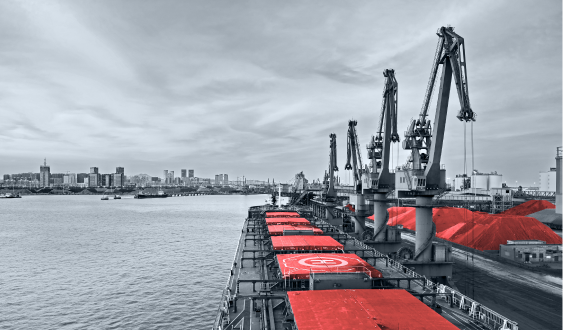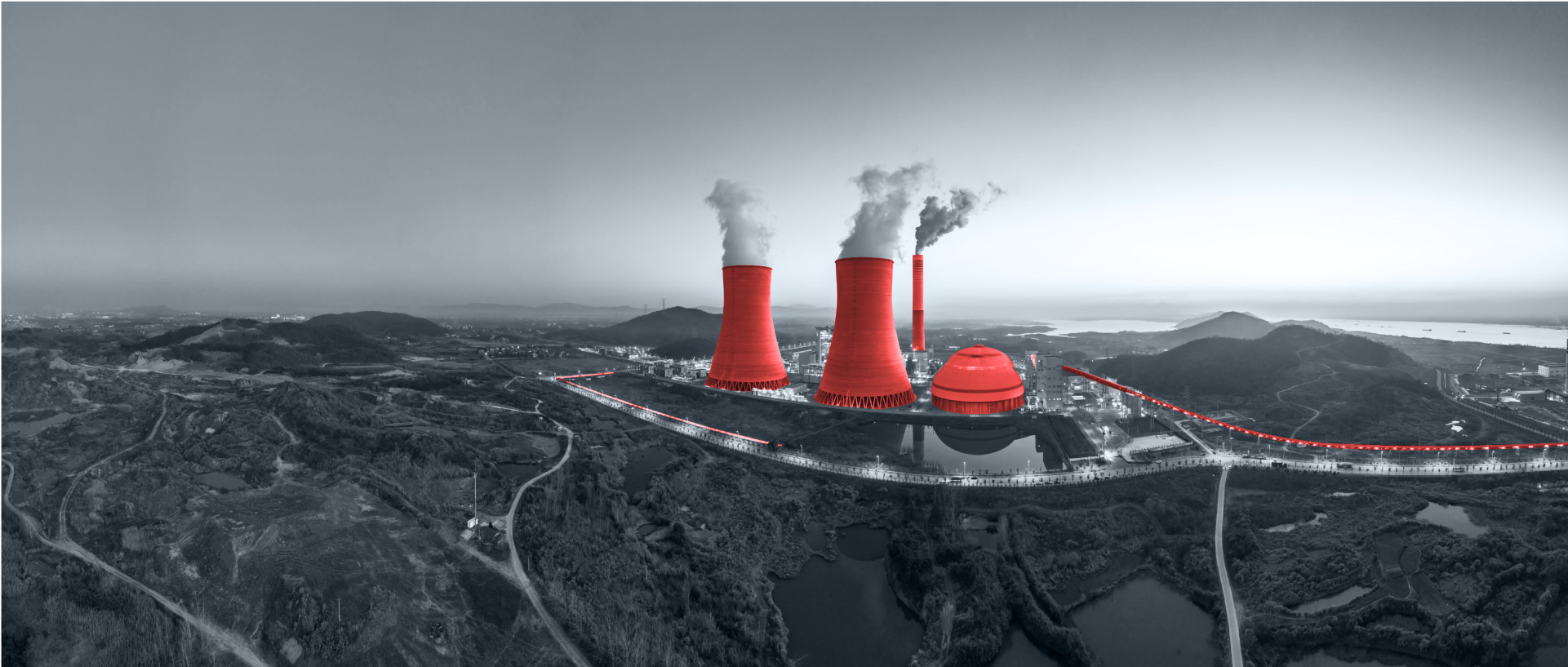From risk to readiness - navigating chartering amid global trade policy shifts
Chartering professionals in the shipping industry are usually juggling freight rates volatility and laycans, to name only a few of the daily operating challenges. On top of this, since the beginning of 2025, additional challenges and pressure have been brought by the shifting tariffs, sanctions, and trade policies. Each fixture carries a new layer of risk: Is the vessel compliant? Who really owns it? Will it face restrictions at discharge?
In this complex environment, fixing a vessel demands deep, up-to-date intelligence, not just about the ship itself, but about its ownership, management, cargo trades history and origin.
US tariffs impact on shipping
The global chartering market has been significantly impacted by the escalation of the U.S. tariffs across all the commodities and fleets (dry bulk, tanker and LNG). These disruptions altered trade flows, drove up freight costs, and introduced layers of operational risk that chartering teams had to optimally navigate.
Disruptions in the dry bulk market
In the dry bulk segment, retaliatory tariffs from key trade partners, combined with shifting commodity flows, have slowed U.S. exports of coal, petcoke, and grains. Charterers observed with Kpler data that overall dry bulk activity out of the U.S. Gulf slowed to its lowest level since 2021 in April. Panamax and Supramax shipments have been particularly impacted, pressuring freight rates and forcing charterers to quickly adjust routing and coverage strategies. Capesize demand in the Atlantic weakened as Turkish buyers pivoted away from U.S high sulphur petcoke and Indian importers reduced their intake of U.S. thermal coal. Both countries opted instead for coal and petcoke supplies from Colombia and South Africa.

Source: Kpler
Kpler cargo tracking shows that grain shipments to China dropped significantly, with Panamax volumes down approximately 29% in Q1 2025 versus the same period in 2024. As part of these flows were redirected towards Brazil, ton-mile exposure increased and supported the Pacific rates, which also meant complicating the capacity planning in the Atlantic.

Source: Kpler
Disruptions in the tanker market
For tankers, the threat of punitive port fees on Chinese-built or linked vessels forced operators to reconsider deployment strategies. Vessels not directly targeted also saw availability shrink as risk premiums were priced into freight rate. Thus, U.S. crude and product flows to Asia, especially to China, became more expensive and operationally uncertain. Market reported that some charterers were delayed or rerouted due to compliance reviews or owner hesitations, which led to additional pressure on the freight rates and schedule dislocations across both the Atlantic and Pacific basins. For example, Kpler data shows that Chinese imports of U.S. crude halted entirely in May, with the last U.S. cargo unloading in Ningbo on April 25, 2025, emphasising the fragility of this trade lane amid geopolitical risks.

Source: Kpler
Disruptions in the LNG market
The shifting policy and tariff dynamics in the LNG market led to a reduced Chinese appetite for the U.S. origin volumes. While in 2024, U.S. LNG accounted for 5.5% of Chinese imports, Kpler data shows that the final U.S. LNG cargo discharged in China took place on February 6, 2025. This marked a significant pullback from previous years and highlight how politics impacts trade. Indeed, Chinese buyers began stepping back from the U.S. LNG early anticipating any tariff risks and shifting procurement focus towards other countries like Australia or Qatar.

Source: Kpler
U.S. LNG cargoes were diverted to European countries, where regasification capacity was tight. Consequently, the LNG market charterers had to deal with longer sailing distances, port congestion and infrastructure bottlenecks. This impacted the LNG freight dynamics, putting pressure on the vessel availability and altering route and voyage economics across the Atlantic and Pacific basins.

Source: Kpler
Real-time charterers need to navigate tariffs disruptions
Charterers today can’t afford to rely on outdated or fragmented data. In markets this volatile, that can lead to missed opportunities.
Beyond anticipating freight rates volatility and ETA planning, today’s market demands deeper focus on vessel compliance and risk factors are more critical than ever. The current regulatory landscape pushes the charterers to seek clarity on where a vessel was built, making sure that origin is compliant with the cargo destination. Due diligence extends to checking whether any of the parties that owns, operates and manages the ship is linked to sanctioned entities. Missing one of these details can derail a fixture mid-voyage, leading to delays, penalties, or lost business.
Kpler’s Chartering Suite equips chartering professionals to handle these challenges with precision:
- Real-Time Tonnage and Cargo Lists: Full visibility into available vessels and cargoes, enabling faster, smarter matching with minimal idle time.
- Voyage Calculator: Instant assessment of voyage economics, including TCE, costs, emissions, and risk to support profitable decision-making.
- Market Fixture Data: Live intelligence on fixture trends to guide planning and negotiation strategy.
- Email Parsing and Management: Automated extraction of key information from incoming emails, eliminating manual work and surfacing actionable intel directly into workflows.
Conclusion
The complexities introduced by U.S. tariffs increased the need to have a combined tactical and strategic approach to fixing vessels. The cost of overlooking a vessel’s origin, ownership or historical trades became too high. Our Chartering Suite helps teams manage this shift by surfacing deep, up-to-date intelligence on each ship’s identity, ownership, historical trade, and risk exposure. It integrates these critical insights into live tonnage and cargo lists and provides charterers the clarity to act decisively in a geopolitically sensitive market.
Want to see how Kpler helps you avoid risky fixtures and move faster with confidence? Request a live demo and learn how you can benefit from the smarter way to charter.

See why the most successful traders and shipping experts use Kpler




-min.png)








